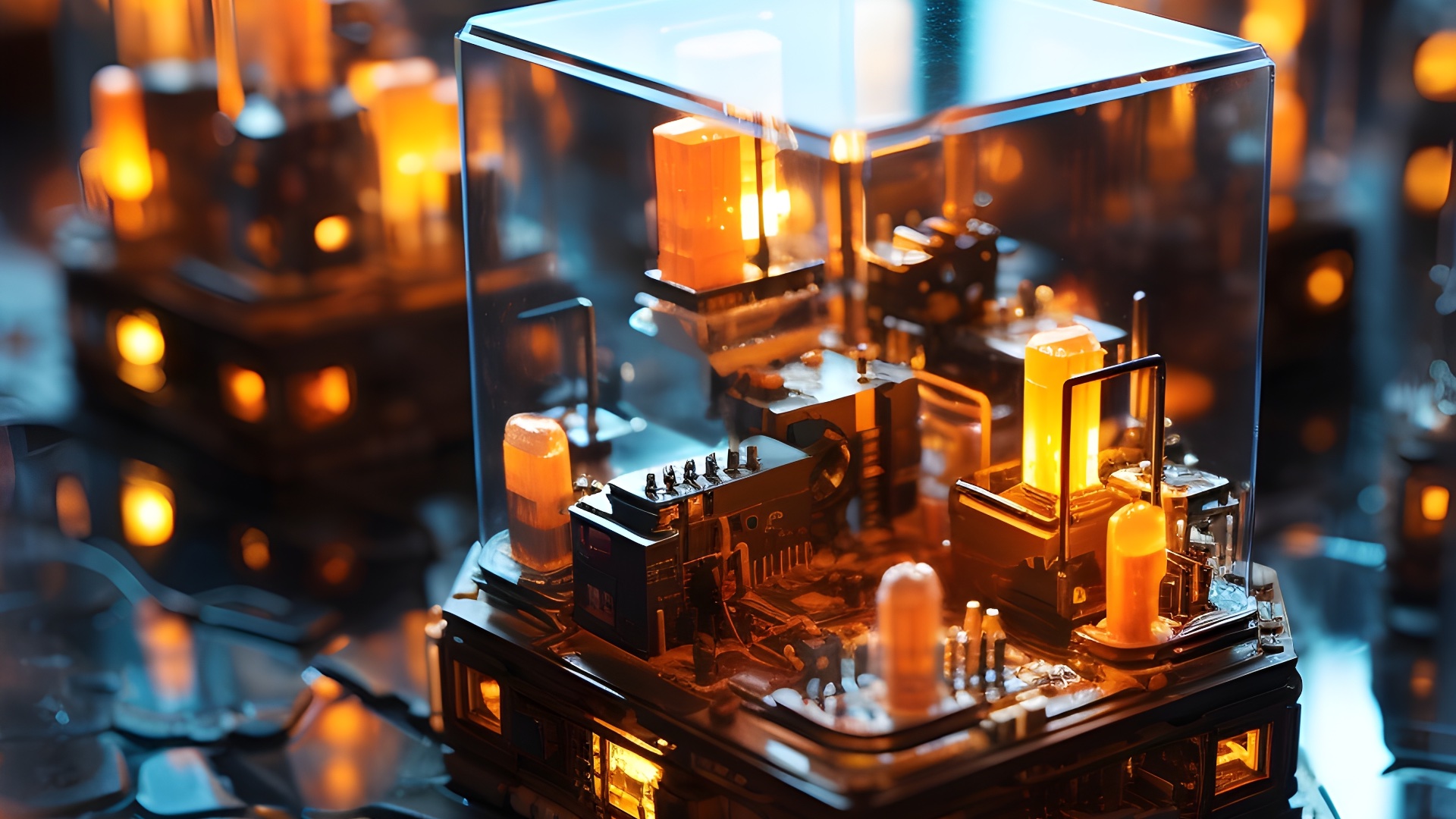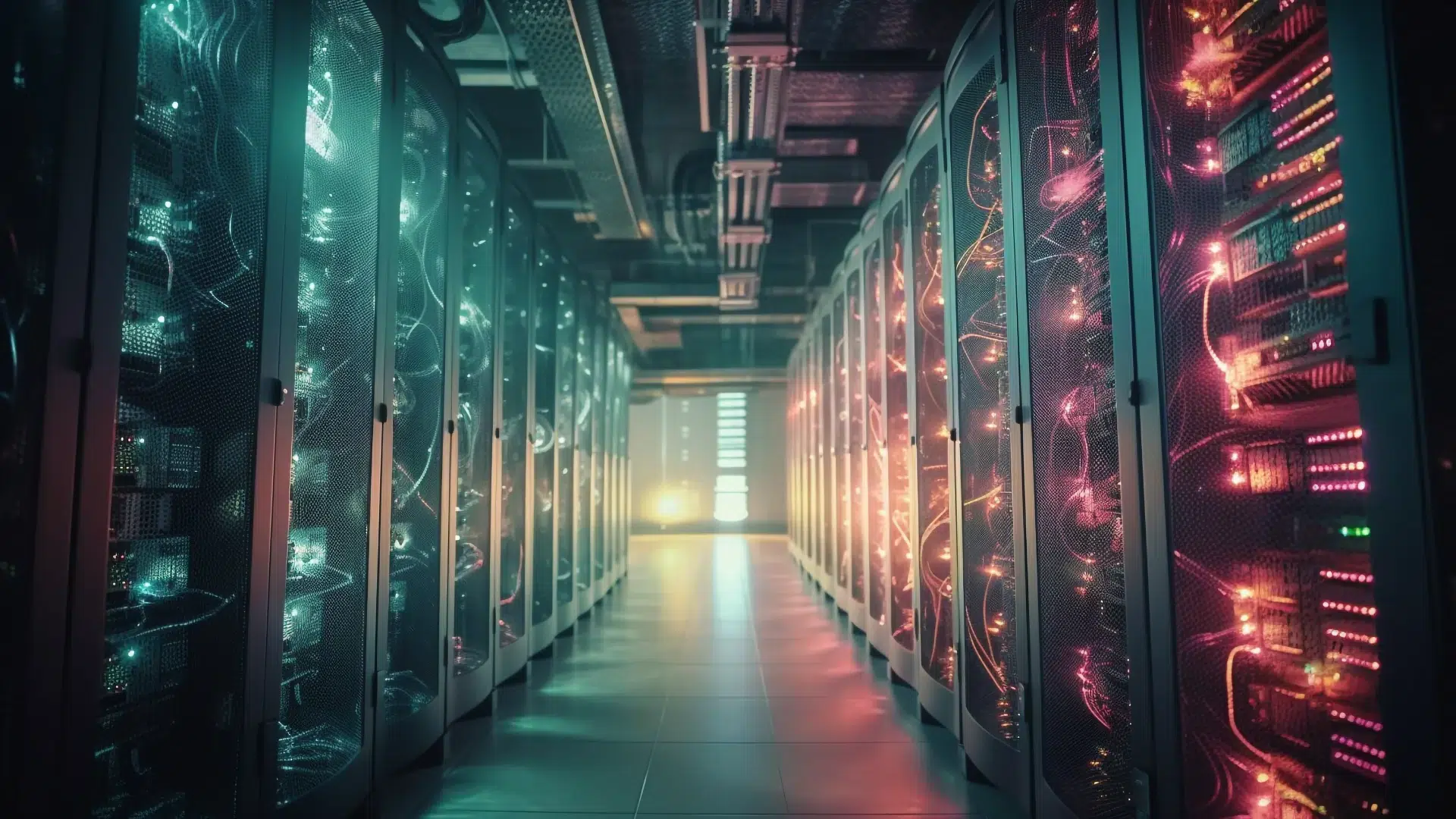Up until a decade ago, we identified computer performance – be it a home PC or a server in a corporation – almost exclusively with the CPU model. The CPU was the star, the soloist that had to do everything from operating system support to complex rendering. Today, however, in the age of artificial intelligence and Big Data, this ‘orchestra man’ model has become inefficient. The CPU has not gone away, but has changed its position. It has become the manager who manages the new workhorse of today’s IT: the GPU. Why is this demotion in the hierarchy actually an evolutionary success?
The end of the “One Man Show” era
For decades, von Neumann architecture and the dominance of x86-type processors defined how we viewed computing power. The rule was simple: you want faster performance? You buy a CPU with a higher clock speed. The CPU was the heart and brain of every digital operation. However, in recent years we have collided with a wall. Moore’s Law slowed down, the physics of silicon started to resist and our processing requirements – instead of growing linearly – shot up exponentially.
Modern workloads (workloads) have changed in nature. It is no longer just about rapidly executing instructions one after the other. It is about processing an ocean of data at the same time. In this new landscape, the traditional processor began to choke. A changing of the guard was needed.
Architectural “glass ceiling”
To understand this change, it is necessary to look at what is happening under the ‘hood’ of integrated circuits. A CPU is the technological equivalent of a racing car. It has several, sometimes more than a dozen powerful cores. It is incredibly fast at transporting a small group of passengers (data) from point A to point B in record time. It is optimised for sequential tasks requiring complex logic and low latency.
On the other hand, we have the GPU (Graphics Processing Unit). If the CPU is a Ferrari, then the GPU is a fleet of thousands of buses. Each GPU core is weaker and slower than a CPU core, but there is a whole army of them. This architecture was originally designed for one purpose: to handle graphics in video games and visual rendering.
But it turned out that the mathematics behind the display of three-dimensional worlds – that is, operations on matrices and vectors – is twinned with the mathematics needed to train artificial intelligence, scientific simulations or Big Data analysis. What was meant for entertainment has become the foundation of modern science. The GPU’s parallel architecture allows for thousands of simultaneous operations, making it ideal for tasks where throughput matters, not just the response time of a single thread.
The new queen of computing
This change is most evident in modern data centres. Server rooms used to be the kingdom of CPUs. Today, GPU accelerators are the most expensive, most sought-after and strategically most important part of the infrastructure.
In areas such as Deep Learning, the advantage of a parallel architecture is crushing. Training a complex neural network on the CPU alone could take weeks. A GPU cluster can handle the same task in days, sometimes even hours. This difference in speed is not just about convenience – it is a ‘to be or not to be’ for innovation. Companies in the financial, medical or retail sectors that harness this power for real-time data analysis gain a competitive advantage unavailable to those sticking with the old architecture.
It has come to the point where the GPU has become indispensable even at research facilities like CERN or NASA. From genome sequencing to climate change modelling, wherever terabytes of data need to be converted, the GPU is indispensable.
The CPU as manager – a new definition of the role
Does this mean the death of the central processor? Absolutely not. To herald the end of the CPU era is a cognitive error. Its role has simply evolved from executor to manager.
Imagine a corporation.
The CPU is the CEO or Project Manager. It is intelligent, versatile, able to manage a wide variety of problems, make resource allocation decisions, operate the operating system and ensure that applications run stably.
The GPU is a specialised manufacturing department. It is a powerful factory that can process mountains of raw material, but is ‘blind’ without instructions.
Without an efficient manager (CPU) to prepare the data, send it to the right place and receive the results, even the most powerful factory (GPU) will stand idle. In modern systems, the CPU delegates the heavy, repetitive computing work to the GPU, coordinating the entire system itself. It’s a perfect symbiosis. The CPU provides the logic and control, the GPU provides the brute computing power.
The energy aspect is also worth noting. Although the top graphics cards consume huge amounts of power, in terms of work done (performance per watt) in parallel tasks they are much more efficient than CPUs. The CPU as manager therefore also ensures that this energy is not wasted.
Ecosystem beyond silicon
This hardware revolution would not have succeeded without software support. Platforms such as NVIDIA’s CUDA and AMD’s ecosystems have made the power of the GPU accessible to developers who do not need to be experts in hardware physics. Frameworks such as TensorFlow or PyTorch allow engineers to write code that automatically takes advantage of hardware acceleration.
Moreover, cloud computing has democratised access to this power. Today, a startup does not need to invest millions in a server farm. With AWS, Google Cloud or Azure services, powerful GPU instances are available on demand. Small companies can use the same infrastructure as tech giants, paying only for the actual computing time. This makes the barrier to entry into the world of advanced AI drastically reduced.
Symbiosis, not domination
Looking ahead, we see a clear trend towards integration. The boundary between CPU and GPU is starting to blur, as seen in the hybrid architectures used in modern laptops or mobile devices. ICs are now combining functions in a single piece of silicon that used to require separate cards.
The era of the CPU as ‘king’, single-handedly bearing the brunt of the entire digital world, is over. But its abdication was necessary for technology to move forward. In modern IT, the winner is not the one with the fastest CPU, but the one who can best organise the collaboration between the manager (CPU) and its powerful execution team (GPU). This is not a story about replacing one technology with another, but about their mature collaboration.












